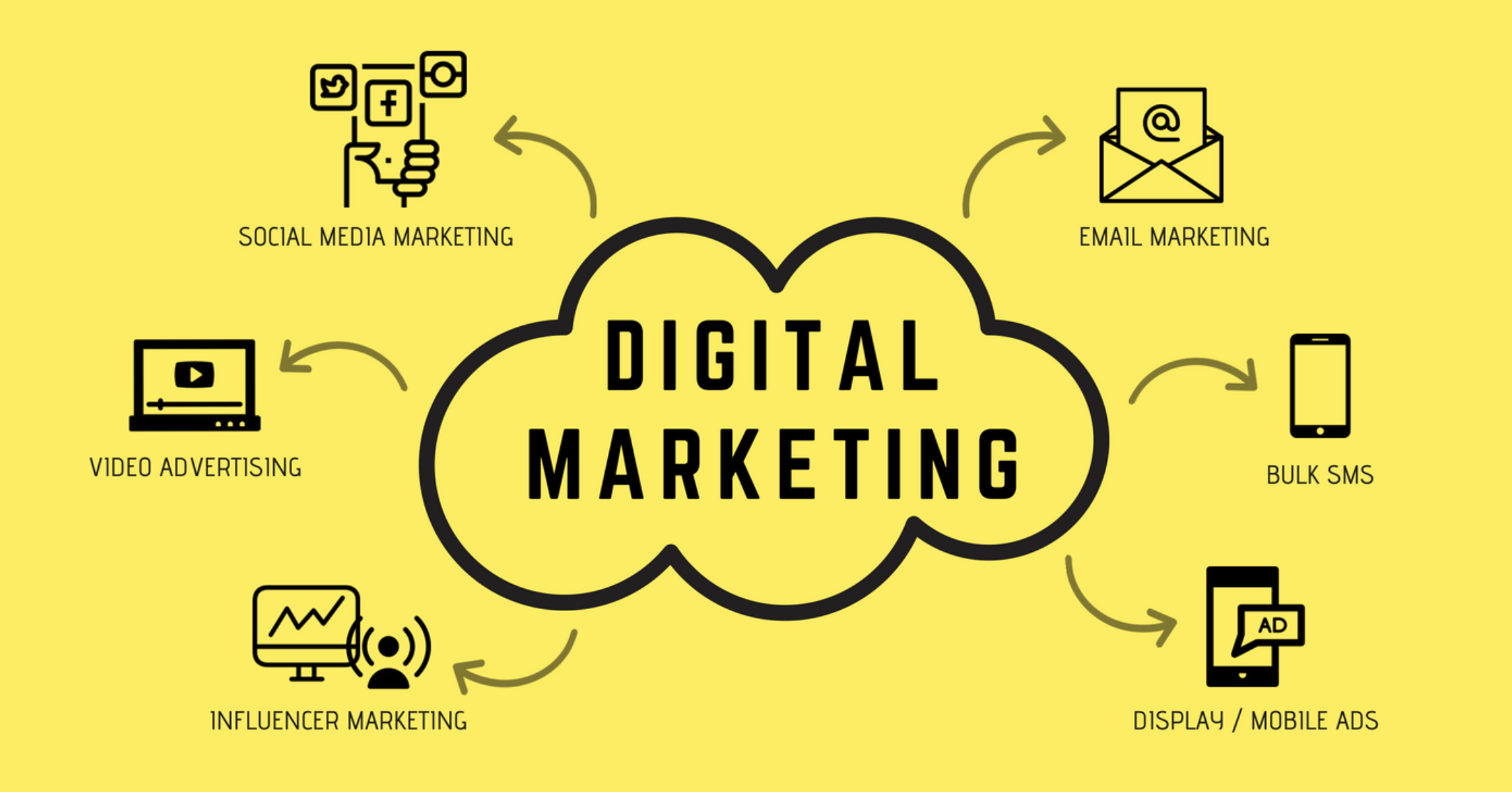Drive Growth with Digital Marketing Carlsbad: Your Path to Online Prominence
Drive Growth with Digital Marketing Carlsbad: Your Path to Online Prominence
Blog Article
Enhance Individual Experience and Drive Web Traffic With Responsive Website Design
In today's electronic landscape, where users are accessing internet sites from a plethora of gadgets, receptive web design has ended up being more vital than ever before. With its ability to adapt and seamlessly adapt to various screen sizes, receptive layout not only boosts user experience yet likewise drives traffic to your web site. Why is this design approach so vital? Exactly how does it boost individual interaction and increase site web traffic? In this discussion, we will check out the essential elements of efficient receptive layout, explore the finest methods for its execution, and discover the tricks to enhancing user experience while driving more website traffic to your internet site.
Why Responsive Web Design Matters
Receptive website design is an important aspect of modern web growth because of its capability to make certain optimum customer experience throughout different tools and display dimensions. With the expansion of smart devices, tablet computers, and other smart phones, it has actually become vital for web sites to adapt and give smooth performance no matter of the tool being used.
The primary reason responsive website design matters is that it permits individuals to have a regular and enjoyable surfing experience, despite the gadget they are using. A receptive website automatically adjusts its style, content, and format aspects to fit the display dimension and resolution of the gadget, making sure that customers can easily browse and engage with the site without any inconvenience or stress.
In addition, responsive web design additionally plays a substantial function in seo (SEARCH ENGINE OPTIMIZATION) Online search engine, such as Google, prioritize websites that are responsive and mobile-friendly in their search results. By incorporating receptive layout principles, websites can improve their exposure and position, causing enhanced organic traffic and possible customers.

Boosting User Interaction Through Responsive Style
Optimizing customer engagement is a crucial objective of receptive design, as it ensures that individuals can conveniently gain access to and interact with website content on any tool. With the increasing use of smart devices and tablets, it is essential for web sites to adjust to various screen dimensions and resolutions. Responsive layout makes it possible for websites to instantly change their format and web content to offer a smooth customer experience across tools.
One of the major means responsive layout improves user involvement is by reducing tons times. With a receptive web site, users do not need to await separate mobile versions to lots, resulting in faster accessibility to web content. This better rate causes higher customer satisfaction and encourages them to spend more time on the site.
Furthermore, responsive style improves customer engagement by improving navigating and individual interface (The Ad Firm Web Design). When an internet site is made responsively, menus and switches are enhanced for touch communications, making it easier for users to interact and browse with the site on their mobile phones. This straightforward and instinctive experience keeps users involved and urges them to check out even more of the website
Additionally, responsive layout enables better web content visibility and readability. By adapting the design and font style sizes to various devices, receptive sites make sure that users can easily comprehend the material and read. This improves user engagement by lowering the need for scrolling or zooming to review the text.
Boosting Website Website Traffic With Responsive Website Design
With the expanding popularity of mobile phones, having a web site that is receptive to different screen dimensions and resolutions is necessary for driving increased website traffic. In today's electronic landscape, individuals are accessing websites from a selection of gadgets such as mobile phones, tablet computers, and home computer. Each of these gadgets has different display sizes and resolutions, and if your site is not developed to adapt to these variants, it can result in an inadequate user experience and a loss of potential web traffic.
Receptive website design guarantees that your web site looks and operates ideally across all gadgets. By utilizing flexible grids, fluid pictures, and media inquiries, responsive design allows your website to automatically change its format, navigation, and web content to fit any display size. This suggests that users will have a seamless browsing experience regardless of whether they are making use of a tiny smartphone or a huge desktop computer.
Crucial Element of Efficient Receptive Design
Efficient responsive style includes numerous vital elements that make sure a seamless customer experience across various tools. This allows material to be presented in a understandable and visually attractive fashion on any device.
An additional important aspect is media questions. These allow developers to use various designs and designs based on the attributes of the customer's tool, such as display dimension and positioning. By utilizing media questions, developers can optimize the presentation of material for each device, making sure that it is conveniently accessible and readable.
Receptive photos are likewise crucial in effective receptive design. Photos that are as well large can reduce down web page load times on mobile phones, while pictures that are as well little may show up pixelated on larger displays. By utilizing strategies click site such as receptive picture resizing and careless loading, designers can guarantee that pictures are appropriately sized and maximized for each and every tool.
Finally, reliable receptive style involves a mobile-first strategy. This indicates focusing on and creating content for mobile phones initially, and then boosting the style and expanding for bigger displays. This technique makes certain that the most crucial web content is conveniently obtainable on smaller screens, while still providing an abundant experience on larger tools.
Best Practices for Implementing Receptive Web Layout
Carrying out responsive website design calls for careful factor to consider of numerous best techniques to make certain an ideal user experience across various devices. Below are some essential best practices to comply with when implementing receptive website web design and development company design.
First of all, it is important to prioritize mobile customers. With the increasing supremacy of mobile phones, designing for mobile-first has come to be essential. Begin deliberately for smaller displays and after that gradually improve the format for larger displays.

One more essential ideal method is to optimize images for various screen resolutions. Big images can decrease the filling time of your web site, especially on smart phones with slower connections. Usage responsive pictures that can be resized based upon the device's display resolution to improve efficiency.
Additionally, examination your web site on various devices and display dimensions to make sure a consistent and seamless experience. There are various screening devices available that can help you identify any kind of problems and make essential adjustments.
Last but not least, focus on usability and availability. Make sure that your web site is very easy to browse, with succinct and clear content. Ensure that your internet site comes to people with specials needs and follows ease of access guidelines.
Final Thought
In check here final thought, receptive web layout plays a vital role in boosting individual experience and driving website traffic to internet sites. By taking on responsive style concepts, websites can make sure optimum seeing experiences across various devices, leading to raised user interaction.
Maximizing user interaction is a key goal of receptive design, as it makes certain that users can quickly access and communicate with internet site content on any kind of gadget. Receptive layout enables internet sites to automatically adjust their design and material to give a seamless individual experience throughout tools.
In addition, receptive design improves individual engagement by improving navigating and user interface.Responsive pictures are likewise crucial in efficient responsive layout. By adopting responsive design principles, sites can make sure ideal checking out experiences throughout various tools, leading to raised customer involvement.
Report this page